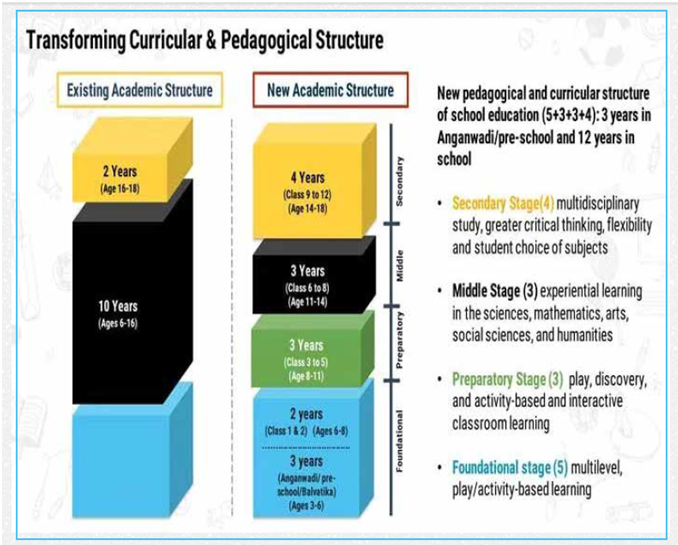
The ongoing COVID – 19 crisis has brought the world to a standstill with a pervasive impact across all sectors. Among the worst affected is education, with over 600 million school going students being impacted all over the world. According to UNESCO, the nationwide lockdowns in India and the resulting closing down of educational institutions has affected 32 crore students across the country, including those in schools in colleges.
Education across the world has switched to e-learning mode owing to the pandemic. While the world battles with COVID–19 and educational institutions are shut to prevent infection among students, digital learning offers a viable solution, at least temporarily. Many ed tech companies are offering online learning programmes through their apps and websites. These initiatives have witnessed an overwhelming response from students with many start ups having registered over 25 per cent of increase in their user base. Both teachers and students have familiarized themselves with the nitty gritties of the online teaching-learning platforms for education to continue uninterrupted in these unprecedented times.
E learning offers flexible, on the go learning opportunities for students. It has also brought the issue of digital education in India to the forefront. Going forward, it is likely that digital education will be integrated in mainstream education. This will promote inclusive education by enabling learning across various geographical regions of the country, Moreover, it will also enable teachers to offer customized learning solutions for individual students.
Though digital education offers a temporarily workable solution to the challenges faced by the education sector, it’s practicability as an alternative to classroom teaching is highly debated. Online learning in India comes with its own set of challenges. The expertise of educators who are trained in traditional methods of teaching, to navigate online learning platforms is an area of concern. Teachers across the country have risen to the occasion and taught themselves to use digital modes of teaching so that children continue to learn. Capacity building of educators by imparting training to use advanced technology for online teaching is an imperative at this point. There are also concerns over the accessibility of smart phones and high speed internet connectivity among students. With a smart phone being a prerequisite to be able to access online education, many students from economically weaker sections of the society will be left out of the process. Absence of seamless internet connectivity will also pose a challenge to digital learning because internet is not readily accessible in various remote places of the country. Digital learning can be a patchy and impersonal experience as compared to classroom teaching. Face to face interaction with an educator and the learning environment created in the classroom by the presence of a community of learners is entirely missing in e learning platforms. As a result, digitalization of teaching may witness a high rate of drop outs among students. Distractions creating by social media, online games and addiction to devices are additional matters of concern.
The New Education Policy 2020 introduced by the Union Cabinet last month is the silver lining in the dark cloud of the Corona virus crisis. A complete overhaul of the education system in India after 34 years comes at a particularly interesting time.
Sampurnaa Bharadwaj
To read the further articles please get your copy of Eastern Panorama October issue @http://www.magzter.com/IN/Hill-Publications/Eastern-Panorama/News/ or mail to contact @easternpanorama.in


